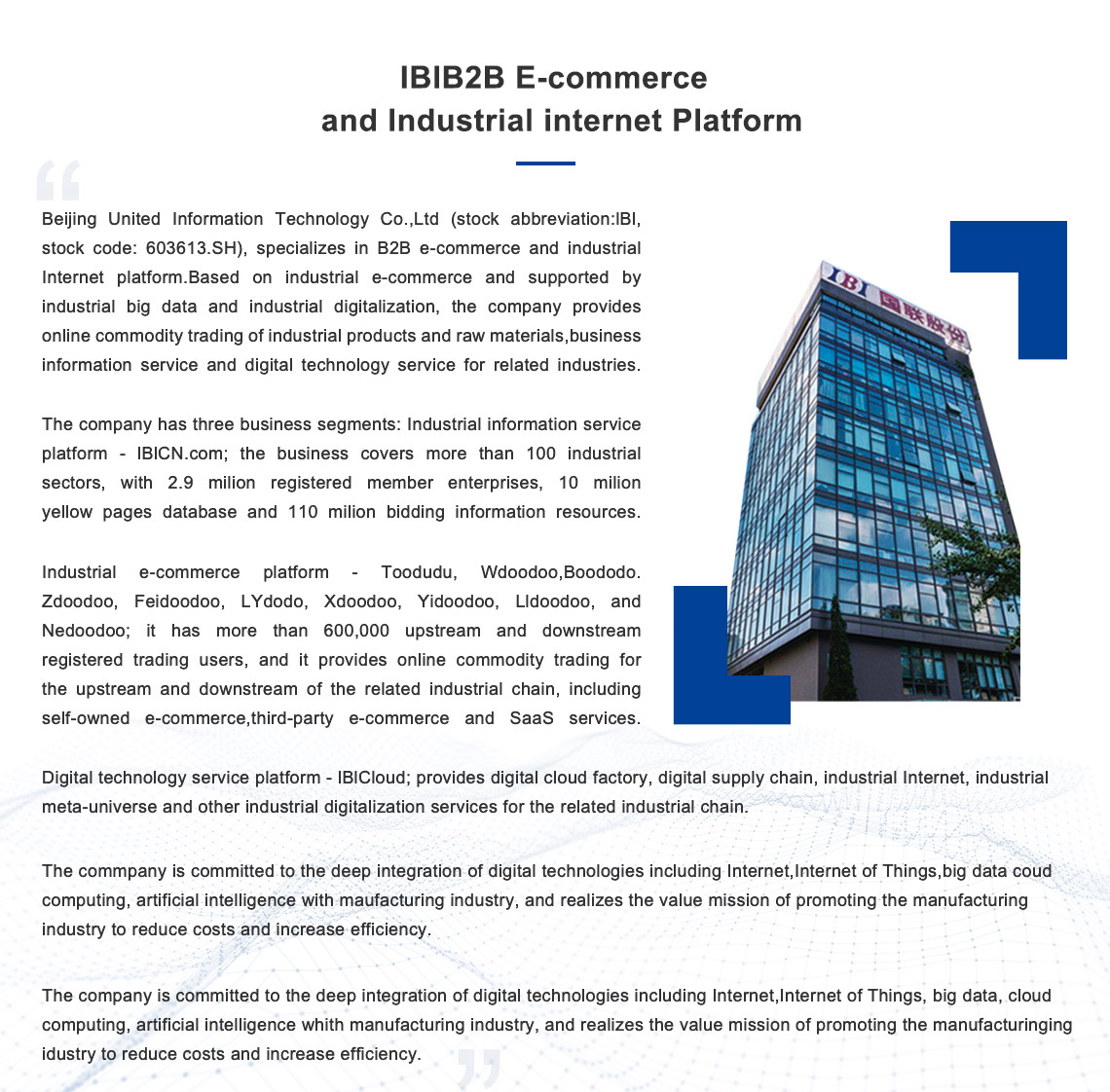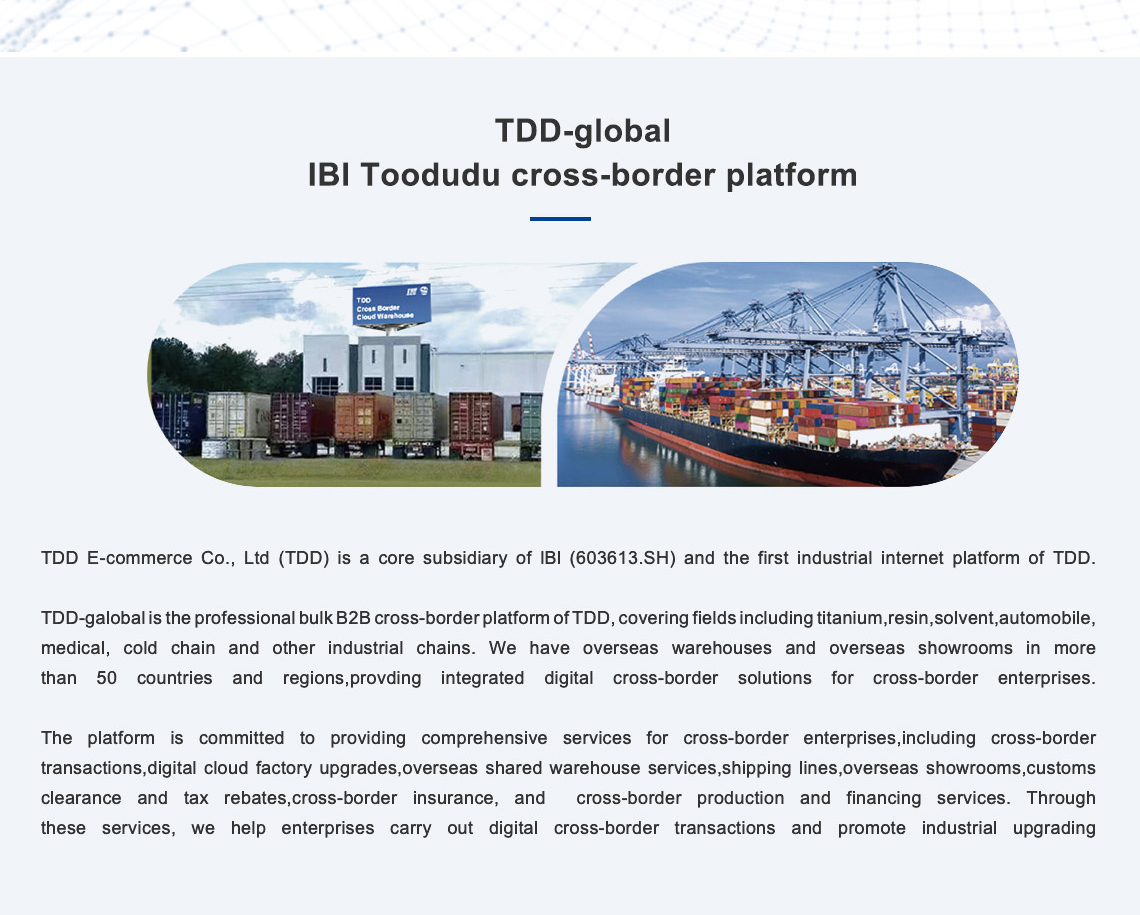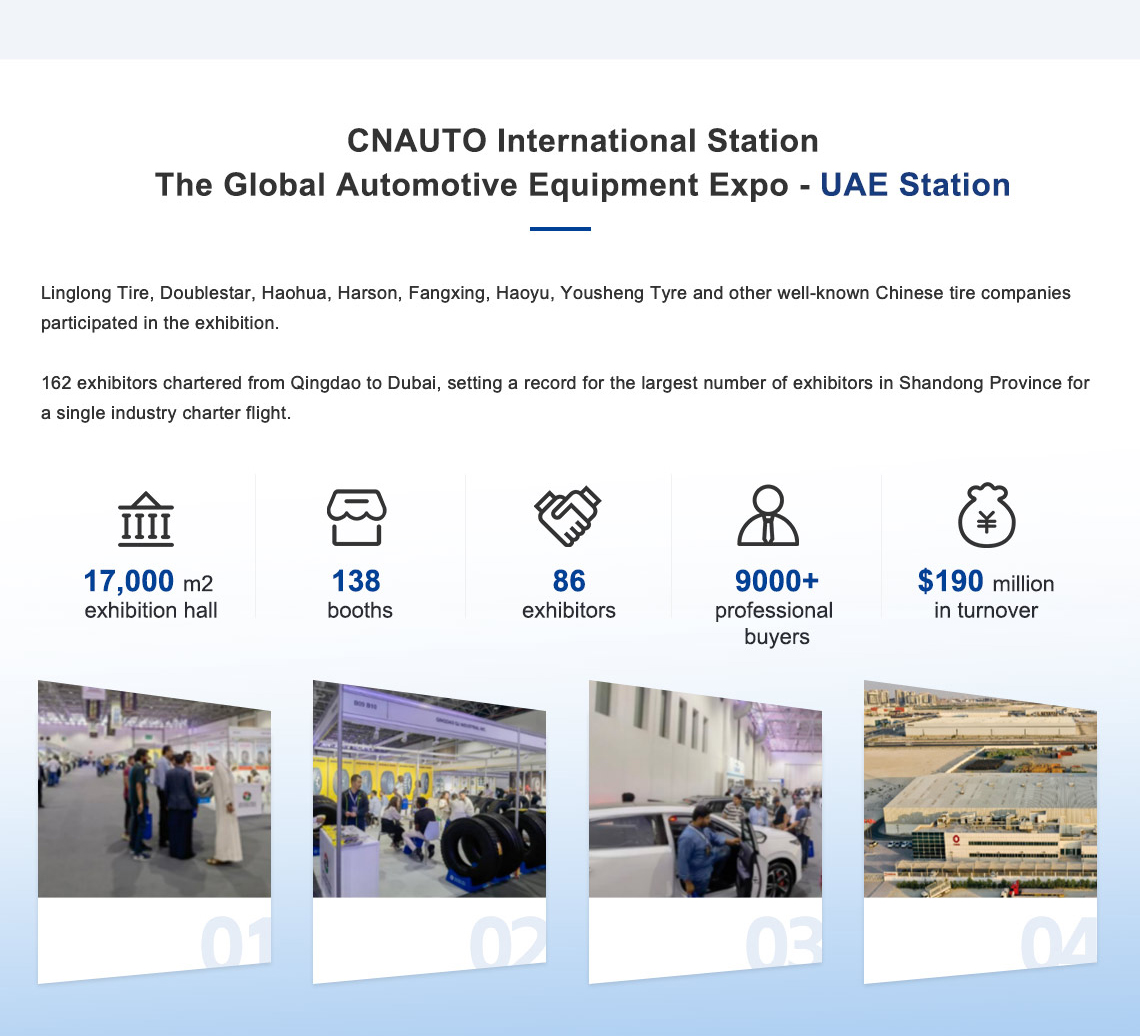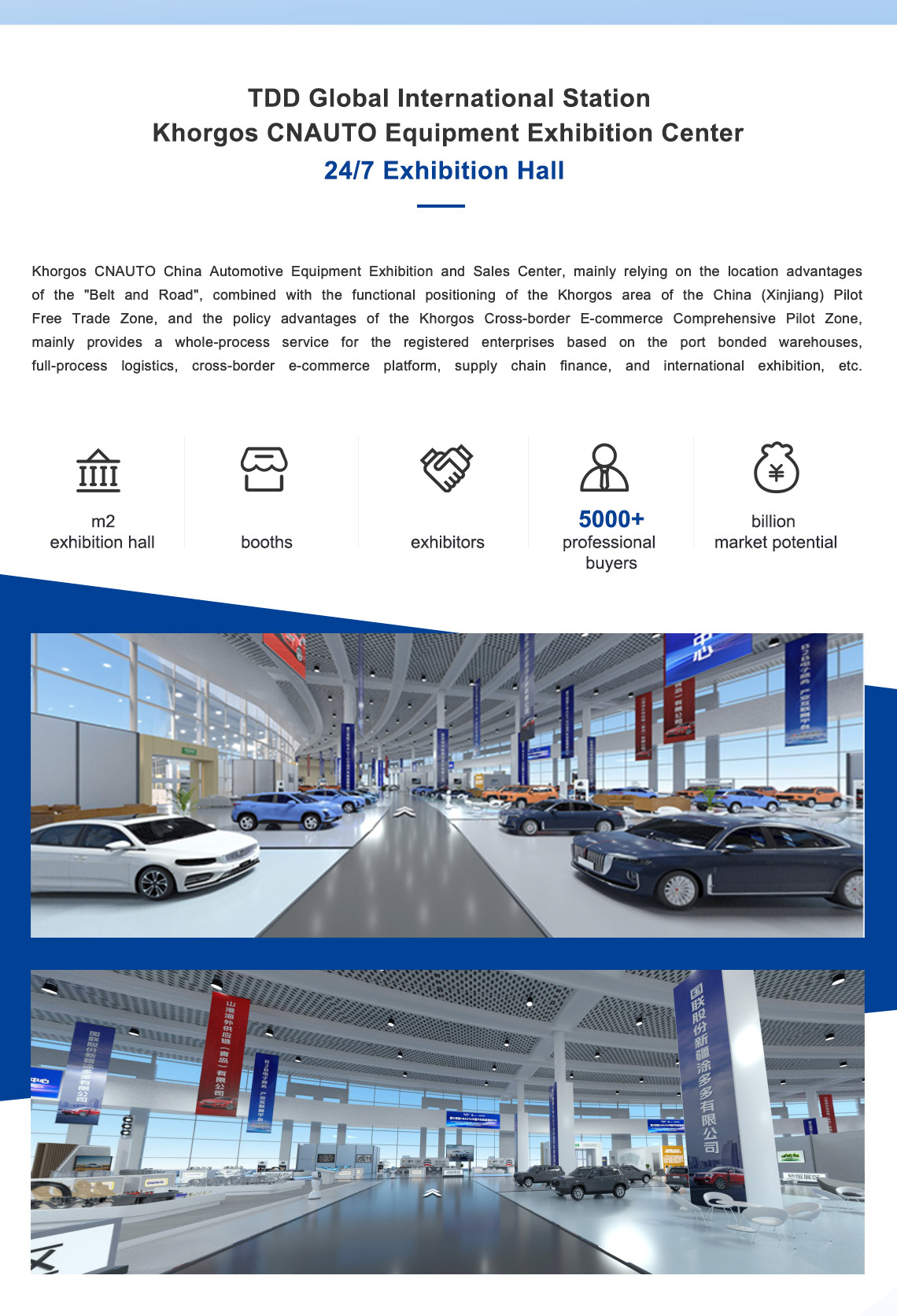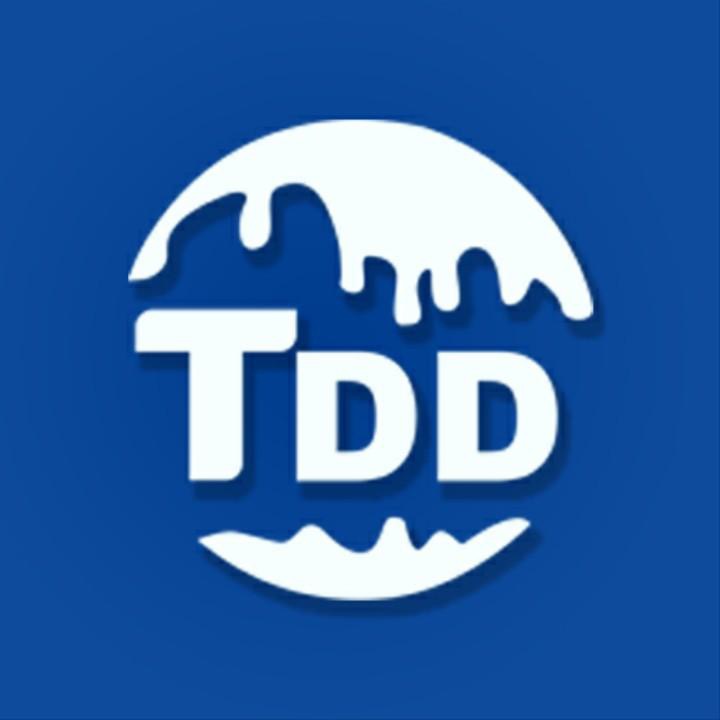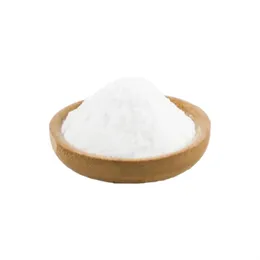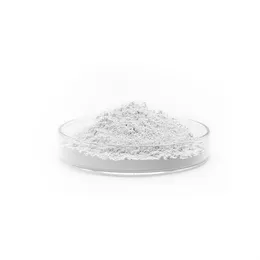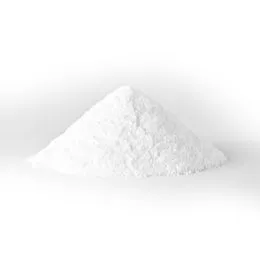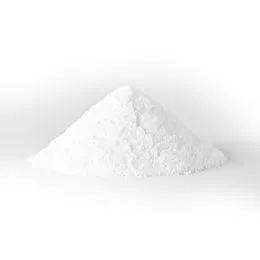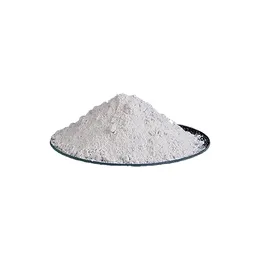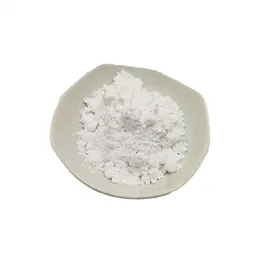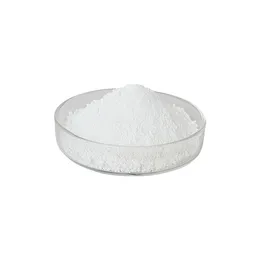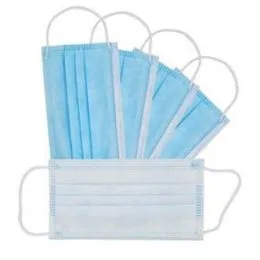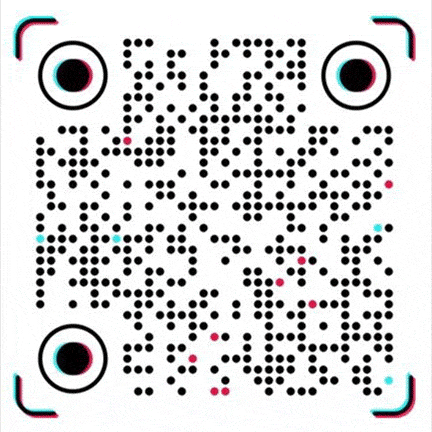It is white and sweet power with specific gravity of 7.1 and melting point 820âIt can dissolve in nitric acid. hot concentrated sulfuric acid,ammonium acetate and sodium acetate,but not in water.It turns to vellow when loses the crystal water at135â.It also turns to yellow under sunlight especially in wet.
It is a white or slightly yellow powder. It has a high molecular weight and a stable crystal structure, which allows it to maintain good chemical stability at high temperatures and is not easy to decompose or undergo other chemical reactions.
Thermal stability mechanism
Absorbing hydrogen chloride: During the PVC processing, TBLS can react with hydrogen chloride (HCl) produced by the degradation of PVC, absorb it and convert it into a stable lead salt, thereby preventing the catalytic degradation of HCl on PVC and effectively extending the thermal stability time of PVC.
Inhibiting free radical reactions: TBLS can capture free radicals generated on the PVC molecular chain, inhibit the chain reaction caused by free radicals, reduce the breakage and cross-linking of the PVC molecular chain, thereby maintaining the molecular structure integrity of PVC and improving its thermal stability.
Raw material characteristics
High-efficiency thermal stability: TBLS has a strong thermal stability ability and can significantly improve the thermal stability of PVC during processing and use.
It can make PVC maintain good physical properties and chemical stability at high temperatures, reduce discoloration, deformation and mechanical property degradation, and is suitable for various PVC products that need to be processed at higher temperatures, such as pipes, profiles, wires and cables, etc.
Good electrical insulation: TBLS itself has good electrical insulation properties. After being added to PVC, it will not reduce the electrical insulation properties of PVC, but can improve its electrical insulation properties to a certain extent.
This makes PVC products widely used in the electrical field, such as the insulation layer of wires and cables, the shell of electrical equipment, etc.
Good weather resistance: TBLS has a certain stability to light and heat, and can improve the weather resistance of PVC products to a certain extent. It can reduce the aging and degradation of PVC under long-term exposure to environmental factors such as sunlight, rain and temperature changes, extend the service life of PVC products, and make it suitable for PVC products used outdoors, such as door and window profiles and exterior wall panels for buildings.
Limited compatibility: TBLS has relatively good compatibility with PVC, but may have limited compatibility with some other additives (such as certain plasticizers, lubricants, etc.). In practical applications, attention should be paid to the compatibility between the ingredients in the formula to avoid problems such as phase separation and precipitation, which affect the performance and appearance of the product.
Insufficient environmental protection: Due to the presence of lead, the use of TBLS is subject to certain environmental restrictions. Lead is a heavy metal with potential toxicity and may cause harm to the environment and human health. In some fields with high environmental requirements, such as food packaging and medical devices, the use of TBLS is strictly restricted or prohibited, and lead-free heat stabilizers need to be used instead.
Processing characteristics
Wide processing temperature range: TBLS can adapt to a wide processing temperature range and can play a good thermal stabilizing role at the conventional processing temperature of PVC (such as 160-200℃). This makes the processing process of PVC products more flexible and convenient for the production of products of different types and specifications.
Synergistic effect with other additives: TBLS can be used in combination with other types of heat stabilizers (such as organic tin stabilizers, calcium zinc stabilizers, etc.), lubricants, antioxidants and other additives to produce synergistic effects and further improve the thermal stability, processing performance and comprehensive performance of PVC.
For example, using it in combination with lubricants can improve the fluidity of PVC and reduce the difficulty of processing; using it in combination with antioxidants can improve the antioxidant performance of PVC during long-term use.
TBLS is an excellent PVC heat stabilizer with advantages such as high thermal stability, good electrical insulation and weather resistance, but its application scope is subject to certain restrictions under the increasingly stringent environmental protection requirements.
In practical applications, it is necessary to reasonably select and use TBLS according to specific product requirements, processing conditions and environmental protection regulations.
